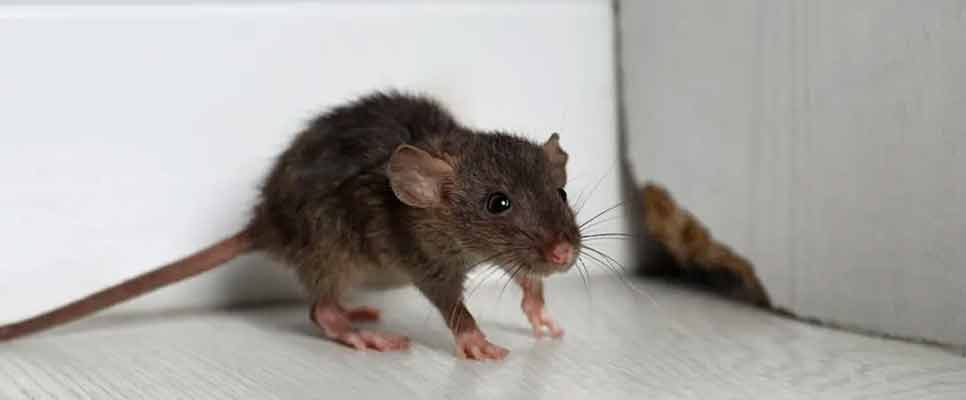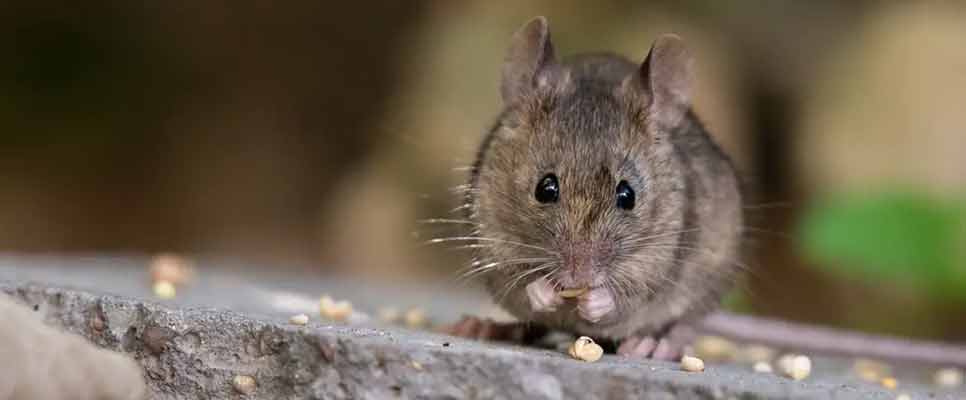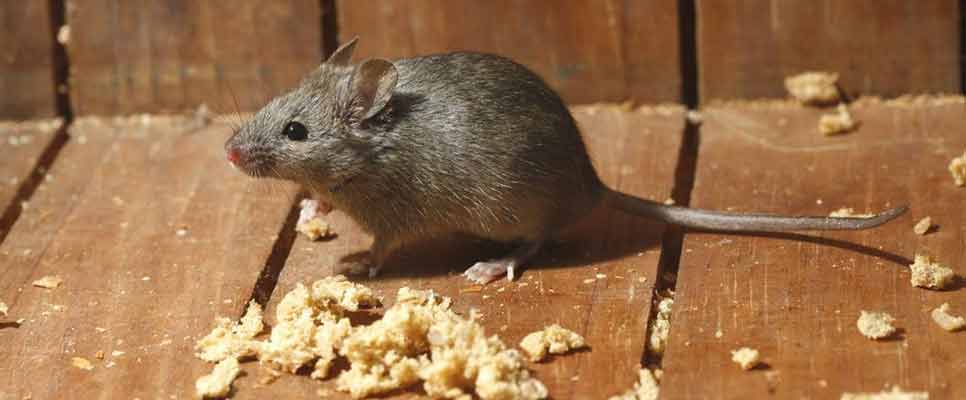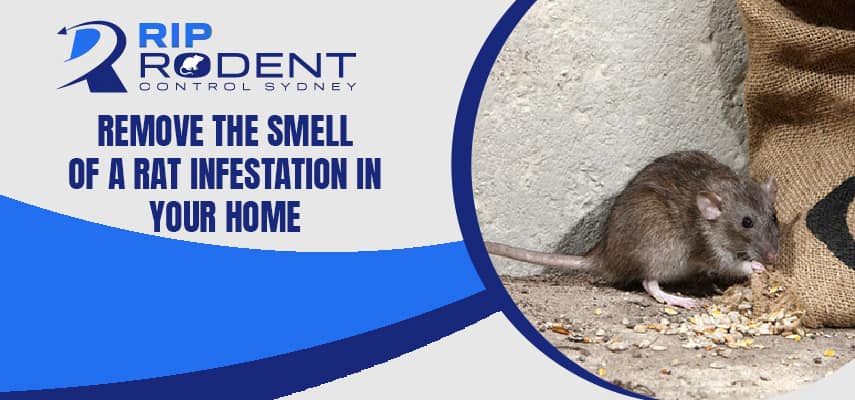The unpleasant and overpowering odor of a dead rat in your home can be incredibly frustrating. Whether the rat has died in your walls, attic, or basement, the stench can linger for days or even weeks. The odor is caused by the decomposition of the rat, and it can spread throughout your home if not dealt with properly. Fortunately, there are effective ways to get rid of that dead rat smell fast. In this article, we’ll walk you through several steps you can take to remove the odor and prevent future rodent issues. Plus, we’ll include a few tips on upholstery cleaning that could help freshen up your home during the process.
1. Locate the Source of the Smell
The first step in getting rid of the dead rat smell is to locate where the rat has died. The odor will often be strongest near the area where the rat’s body is located. Rats tend to crawl into hidden, hard-to-reach spaces such as walls, ceilings, or attics when they die, so you’ll need to investigate these areas carefully.
DIY Tip:
- Use your nose to detect the strongest odor and narrow down the area where the rat might be.
- Look for small holes or gaps where the rat could have entered. In some cases, you may need to use a stethoscope to listen for sounds or a camera to peer into dark spaces.
2. Remove the Dead Rat
Once you’ve located the rat, the next step is to remove it. It’s essential to wear gloves and use a mask to avoid contact with any bacteria or diseases the rat may have carried. If the rat is in an accessible area, you can use tongs, a shovel, or another tool to remove it.
DIY Tip:
- Place the dead rat in a sealed plastic bag to avoid exposure to any fluids or odors.
- If the rat is stuck in a wall or inaccessible area, you may need to consult a professional for rat extermination .
3. Disinfect and Clean the Area
After removing the dead rat, thoroughly disinfect the area. The smell of decomposition can linger long after the body is gone, so cleaning the area is crucial. Use a mixture of water and a disinfectant like bleach or vinegar to sanitize the space. Be sure to clean not only the area where the rat was located but also surrounding surfaces that may have come into contact with rat urine or feces.
DIY Tip:
- Use a cloth soaked in the disinfectant mixture to wipe down surfaces and sanitize the area.
- For added effectiveness, you can use an enzymatic cleaner designed to break down organic matter like urine and blood.
4. Ventilate the Area
To help dissipate the odor, it’s essential to ventilate the area thoroughly. Open windows and doors to allow fresh air to circulate. You can also use fans to increase airflow and speed up the process. Proper ventilation will help reduce the concentration of the smell in the air, making it easier to tolerate while you continue cleaning.
DIY Tip:
- Place fans near open windows to create a cross-breeze and help push the odor out of your home.
- If possible, leave windows open for several hours to allow the fresh air to clear the smell.
5. Use Odor Absorbers
To help eliminate any remaining odors, use odor-absorbing materials such as activated charcoal, baking soda, or commercial air fresheners. These products can help neutralize the smell and make your home more pleasant.
DIY Tip:
- Place bowls of baking soda or activated charcoal around the affected area to absorb any lingering odor.
- You can also use air purifiers with activated carbon filters to remove the smell from the air.
6. Upholstery Cleaning for Freshness
While dealing with the rat smell, you may also want to focus on cleaning your upholstery. The odor can often cling to soft fabrics like couches, chairs, or curtains. Upholstery cleaning will help remove any lingering smells and restore freshness to your home.
DIY Tip:
- Use an upholstery cleaner or a mixture of vinegar and water to spray and clean the fabric surfaces.
- Vacuum the upholstery thoroughly before applying the cleaner, paying special attention to crevices where the smell may have settled.
7. Consider Professional Help
If the smell persists despite your best efforts, or if the rat is in an inaccessible area, it’s time to call in the professionals. Rat Extermination in Sydney can help you locate and remove the rodent, sanitize the area, and ensure that any entry points are sealed to prevent future infestations.
Tip: Professional pest control services can also help with long-term solutions, such as trapping, exclusion, and ongoing monitoring to prevent more rats from entering your home.
Summary
Dealing with the smell of a dead rat in your home can be a daunting task, but with the right approach, you can eliminate the odor and return your home to a fresh, clean state. Start by locating and removing the rat, disinfecting the area, and ventilating your space. Use odor absorbers and focus on upholstery cleaning to ensure that your entire home feels fresh. If the problem persists, don’t hesitate to reach out for professional rat extermination in Sydney to handle the situation.
Published on: February 5, 2025




